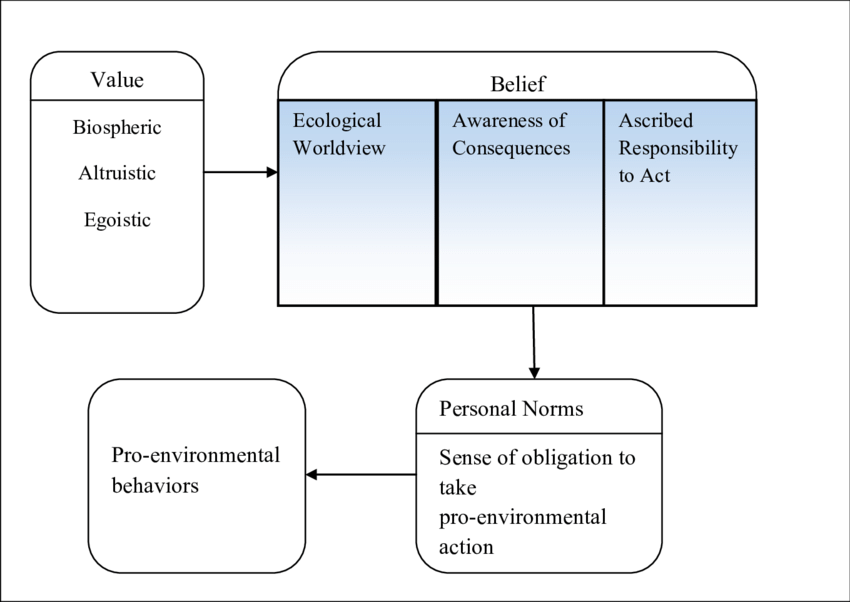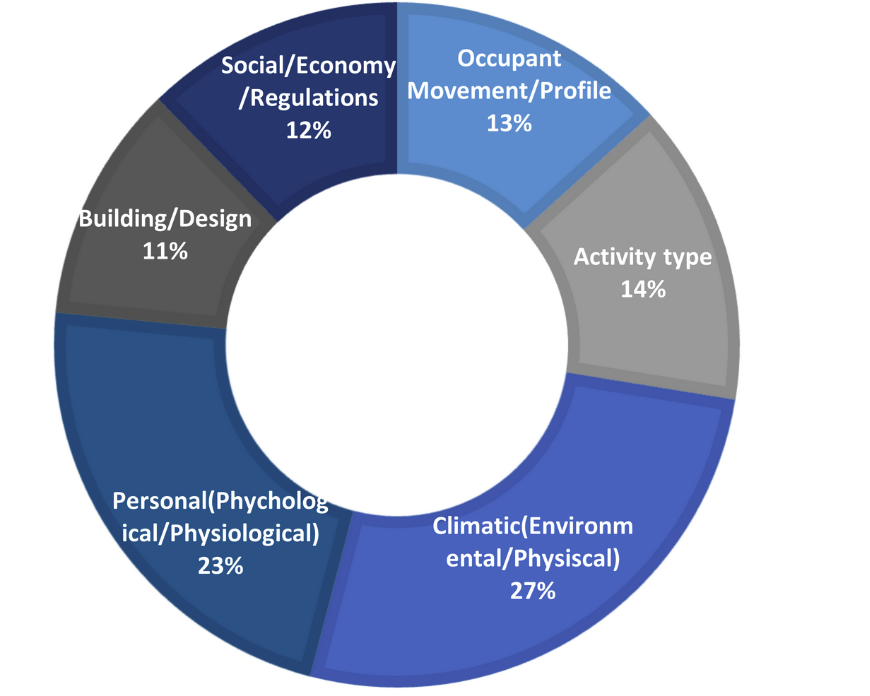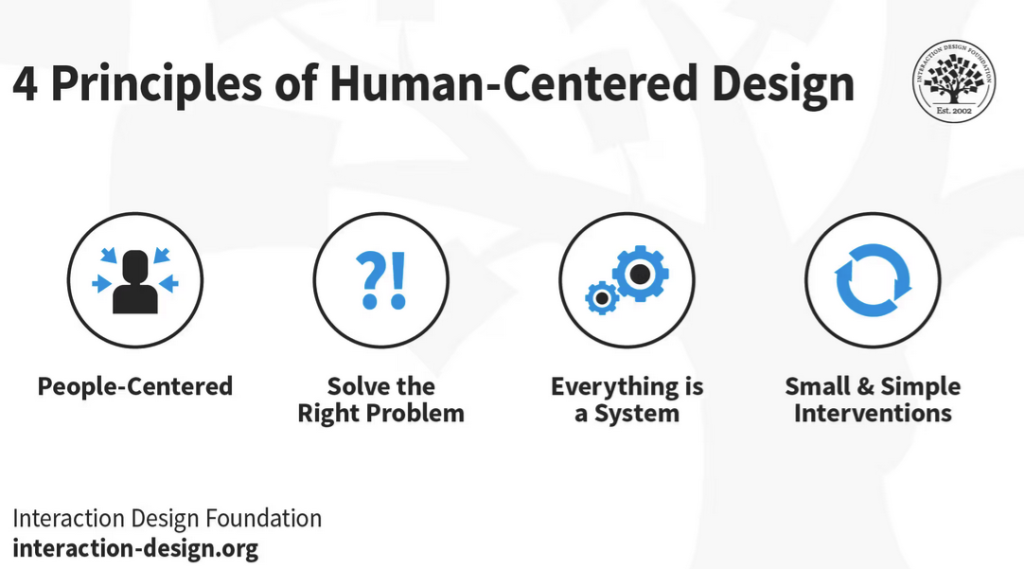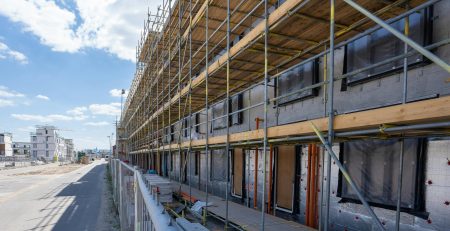From Paper to People: The Turning Point in Building Energy Efficiency
In the race to decarbonize buildings, we often overlook the most complex system of all: human behavior.
This article explores why traditional engineering methods fall short—and how a human-centered approach can unlock deeper, lasting performance.
It’s a shift in mindset, method, and impact—rooted in the realities of how buildings are actually used.
1.Introduction
1.1 The Decarbonisation Imperative
Buildings account for a significant portion of global energy use and carbon emissions. Recent estimates suggest that the construction and operation of buildings contribute roughly one-third of the world’s total final energy consumption (IEA, 2023).
This makes improving building performance a central component of climate and energy strategies. Compounding the challenge is the fact that nearly 80% of the buildings we will occupy in 2050 already exist today (World Economic Forum, 2022). Consequently, retrofitting and optimizing existing structures has become a critical priority.
1.2 A New Approach to Efficiency
Despite advanced technologies—ranging from high-efficiency HVAC systems to cutting-edge building simulation tools—many initiatives still experience a gap between projected and actual energy performance (de Wilde, 2014). One recurring reason is that purely technical interventions often overlook the everyday realities of building use—how occupants actually behave, adapt, and interact with spaces (IPEEC, 2019). Over time, such discrepancies result in suboptimal outcomes and missed opportunities for energy savings. Recognizing the human factor is not about dismissing engineering rigor; rather, it complements and strengthens it, ensuring that operational strategies translate effectively into real-world conditions.
1.3 Purpose and Scope of This Article
This article consolidates and expands on perspectives that place occupant engagement and behavior at the heart of energy efficiency. While technology and design standards remain vital, they must be accompanied by insights into how people use buildings daily—what researchers often refer to as pro-environmental behavior (Stern, 2000). Failing to incorporate these human considerations can lead to solutions that are theoretically sound yet fail to achieve intended results once occupants come into play (IPCC, 2022).

Throughout the sections that follow, we explore the limitations of a technology-only mindset and outline how human-centered principles can address these gaps. We will highlight key strategies for building stakeholders—owners, operators, designers, and occupants—who share a common goal of reducing energy consumption without sacrificing comfort. Ultimately, the article argues for a more integrated, participatory approach that unites robust engineering with behavioral and cultural insights for truly effective decarbonization of the built environment.
2. Conventional Methods vs. Real-World Challenges
2.1 The Gap Between Modeling and Operation
Many energy-efficiency interventions begin with thorough modeling: detailed simulations of heat transfer, airflow, lighting, and equipment loads. These computer-based tools have become increasingly sophisticated, promising near-accurate forecasts of a building’s energy use (Delzendeh et al., 2017). Yet, there remains a stubborn reality: predictions on paper often diverge significantly from what actually happens once the building is occupied. This phenomenon, frequently called the “performance gap,” can lead to operational energy consumption far exceeding design targets (Van Dronkelaar et al., 2016).
One key reason is that models typically rely on standardized assumptions about occupant behavior. For instance, default schedules might assume that all office lights switch off at precisely 6 p.m., or that every occupant uses cooling or heating in the same way. In practice, usage patterns vary widely. Some staff might stay late; others might rarely turn off equipment. Thermostat setpoints and ventilation needs can fluctuate based on personal comfort preferences, external weather conditions, or even shifting organizational policies. When real-life behaviors deviate from the model’s assumptions, energy use spirals beyond predictions. Recognizing and bridging this gap is essential for any realistic approach to decarbonizing buildings, especially those that are already in operation.
2.2 Engineering vs. Social Dynamics
Engineering solutions, such as upgraded HVAC systems or improved insulation, remain at the heart of most building retrofit initiatives—and rightly so. However, treating buildings as purely mechanical systems misses the fact that people are an integral component of performance. Occupants are not static variables; they respond to, resist, and adapt to changes in ways that can undermine even the best technical intentions (Gram-Hanssen, 2014). For example, a meticulously designed ventilation strategy can go awry if occupants prop open doors for “fresh air,” unintentionally disrupting airflow balance.

Department of Building and Real Estate, The Hong Kong Polytechnic University, https://doi.org/10.3390/buildings11020041
From a human-centered perspective, technology is only as effective as its adoption and proper use. Even seemingly minor behaviors—like how frequently windows are opened or how lighting controls are overridden—can dramatically affect energy consumption. Researchers studying pro-environmental behavior (PEB) emphasize that individual motivation, social norms, and perceived control all influence whether people embrace or disregard energy-efficient practices (Stern, 2000). Without accounting for these social and psychological dimensions, engineering projects risk underachieving, as the root causes of inefficiency remain unaddressed.
2.3 Why Existing Buildings Matter Most
While new construction can integrate advanced energy solutions from the ground up, the bulk of opportunity lies in existing buildings. This is especially pressing given that a large share of the built environment worldwide was constructed before today’s efficiency standards came into play (Kneifel, 2012). Retrofitting—whether it involves equipment upgrades, operational adjustments, or both—therefore emerges as a primary strategy in the global push for decarbonization.
Yet, older structures come with unique constraints. Floor plans may be fixed and difficult to reconfigure. Legacy equipment might not integrate seamlessly with modern control systems. Above all, buildings in active use pose logistical challenges: you cannot simply halt operations to install new technology or train occupants overnight. This is precisely why a people-centered approach can be so powerful. By engaging those who use the building daily—managers, staff, and other stakeholders—small operational adjustments can yield immediate energy reductions without major capital expenditure. Over time, these collaborative efforts lay the groundwork for deeper retrofits, turning short-term fixes into long-term gains.
3. Key Insights on People-Centered Efficiency
3.1 Shifting Mindsets and Asking ‘Why?’
One of the earliest insights from the nine-post series is that redefining the problem can radically reshape the solution. Instead of focusing only on system efficiencies—such as boiler upgrades or advanced thermal modeling—these initial posts emphasize the importance of seeing energy as a social and cultural challenge. This perspective acknowledges that a building’s performance is driven not just by its hardware but also by its occupants, managers, and the routines they create.
Research on occupant behavior has consistently shown that social norms and perceived control influence how people interact with building systems (Wang et al., 2018). In practice, something as seemingly simple as adjusting work hours to align with daylight can reduce lighting loads significantly while maintaining comfort. By broadening the definition of “energy problem” to encompass usage patterns, the first three posts encouraged practitioners to ask “Why?” before rushing into high-level technical interventions: Why do people feel uncomfortable? Why do they override controls? Why do certain spaces remain under or over-conditioned? Addressing these underlying questions often leads to more targeted—and more successful—efficiency measures.
3.2 Deep Focus on Existing Buildings and User Empowerment
The middle section of the series zooms in on existing buildings, illustrating that most of the real-world obstacles and opportunities reside in structures already in use. Many of these posts underscore the notion that significant energy savings—anywhere from 20% to 50%—can be realized through operational changes alone, without major renovations. This is not mere theory: operational shifts like better scheduling, occupant training, or fine-tuned control settings routinely unlock quick wins (Gram-Hanssen, 2014).
An equally important theme is user empowerment. The series highlights how engaging building occupants—whether office workers or facility managers—can transform them from passive consumers into active contributors to efficiency. Rather than viewing comfort complaints as a nuisance, the posts encourage seeing them as valuable data about the building’s true performance. In turn, inviting user input early in the decision-making process fosters a sense of ownership that increases the likelihood of sustained behavioral change. By centering the needs and experiences of those who live and work in these spaces, energy-saving strategies become not just theoretical mandates but collaborative solutions.
3.3 Balancing Hardware with Human Factors
The final cluster of posts warns against “engineering our way into disappointment” if we rely solely on hardware. While advanced equipment and retrofit measures are crucial, the series cautions that large-scale decarbonization requires a holistic grasp of how buildings truly operate. Sensors and automation can capture temperature or occupancy data, but they rarely capture the human dynamics—the nuanced ways people respond to noise, glare, or drafts that lead them to override controls or prop open doors (Stern, 2000).
By acknowledging these human factors, the concluding posts argue for an expanded engineering toolbox, one that pairs technical know-how with insights from psychology, sociology, and organizational behavior. Far from softening the role of engineering, this approach deepens it, ensuring that solutions remain effective outside of the neat boundaries of design models. In essence, balancing hardware with human factors paves the way for truly sustainable building performance—where advanced technology meets everyday reality, and occupant engagement becomes a fundamental part of decarbonization strategies.
4. The Human Factor in Energy Efficiency
4.1 Occupant Behavior as an Energy Lever
Despite major strides in high-efficiency systems, occupant behavior remains one of the most underexplored and impactful drivers of building energy use (de Dear & Brager, 1998). The concept of adaptive thermal comfort suggests that people respond to varying indoor and outdoor temperatures by adjusting clothing, modifying activity levels, or opening windows. These occupant-driven adaptations significantly shape actual energy consumption—particularly as climate conditions intensify—yet they often lie outside standard engineering models.
From a Pro-Environmental Behavior (PEB) perspective, even small interventions can yield substantial energy savings with minimal capital investment (Stern, 2000). Strategies such as eco-feedback systems or occupant engagement campaigns make energy usage more visible and encourage individuals to align their actions with both personal comfort and broader sustainability goals. Ultimately, these day-to-day decisions amplify (or undermine) overall building performance, making occupant behavior a critical factor in bridging the gap between design assumptions and real-world outcomes.
4.2 Human-Centered Design Principles
Bringing the user into the design process is central to human-centered design (Norman, 2013). In the context of buildings, this means co-developing solutions with end-users—whether employees, tenants, or visitors—rather than imposing top-down technical fixes. For example, before rolling out new lighting controls, facility managers might hold workshops to understand how occupants use each space, what their comfort thresholds are, and how they perceive safety or productivity under different lighting conditions. The end result is a more tailored intervention that aligns with actual user needs and behaviors.

Research on participatory design also points to the value of iterative prototyping (Sanders & Stappers, 2014). Instead of designing a system in isolation, teams rapidly test small-scale changes (e.g., pilot programs in a single department or floor), gather feedback, and refine the approach before a full rollout. This iterative cycle not only reduces resistance but also taps into the creative potential of occupants, who are often best placed to identify nuances in how spaces are used. By blending technical rigor with user insights, human-centered design principles ultimately bridge the gap between intended and actual performance.
4.3 Barriers and Enablers of Behavioral Change
Encouraging occupants to adopt more efficient practices is not always straightforward. Barriers can include lack of knowledge, limited incentives, or the perception that individual actions are inconsequential compared to larger system inefficiencies (Darnton, 2008). In office buildings, for instance, one department might see no reason to reduce cooling demand if they believe adjacent areas are still over-conditioned. Such social and organizational dynamics can stall even well-intentioned campaigns.
On the flip side, enablers of pro-environmental behavior often involve clear communication, supportive infrastructure (like easily accessible temperature controls), and visible leadership buy-in (Sussman & Gifford, 2019). A culture that celebrates collective achievement—for example, publicly sharing monthly energy savings and recognizing teams or departments that demonstrate substantial improvements—can motivate occupants to sustain changes. Ultimately, identifying and addressing these barriers and enablers helps ensure that human-centered interventions remain effective long after their initial launch.
5. Beyond Technical Retrofits: Operational Strategies
5.1 Low-Cost/No-Cost Approaches
For building owners and operators looking to make immediate impact, low-cost or no-cost measures often yield rapid energy savings. These strategies center on optimizing existing systems and fine-tuning user practices—rather than investing in expensive upgrades. For instance, simply adjusting HVAC schedules to better match occupancy patterns can cut heating and cooling loads substantially (Hong et al., 2017). Another common approach involves recalibrating lighting controls, ensuring that common areas are lit according to real-time usage data rather than rigid schedules.
The beauty of these measures lies in their minimal financial outlay and the potential for quick wins. Facility managers can systematically identify small operational tweaks by analyzing existing consumption data or conducting walkthrough audits with occupants. Each insight—like noticing that a particular zone remains unoccupied for large parts of the day—becomes a launchpad for micro-optimizations. Over time, these incremental improvements add up, often revealing untapped efficiencies that require little more than administrative will and occupant cooperation.
5.2 Case Vignettes or Illustrative Examples
Real-life examples frequently demonstrate how small changes can deliver sizable gains. In one office building study, facility managers partnered with employees to implement staggered lighting schedules and a communication campaign encouraging staff to switch off devices at the end of each day (Azizi et al., 2021). This modest intervention led to a 15% drop in overall electricity use, well above initial estimates. Significantly, employees reported feeling more engaged in the building’s overall efficiency mission, noting that their collective actions visibly contributed to measurable energy savings.
Another illustrative case involved a heritage hotel constrained by older infrastructure. Rather than pushing for extensive renovations, the hotel’s management introduced training sessions for housekeeping and maintenance staff, guiding them on proactive ways to minimize unnecessary heating or cooling in unoccupied rooms. The cost of training was modest, but the energy reductions were remarkable—approaching 25% in off-peak months. Both examples underscore the power of operational adjustments when stakeholders at all levels buy into a shared goal of saving energy.
5.3 Long-Term Monitoring and Engagement
While short-term successes are valuable, lasting efficiency gains hinge on continued monitoring and a culture of engagement. Buildings are dynamic entities: occupancy patterns shift, organizational needs evolve, and external conditions like weather or market changes can influence energy use. Without long-term data tracking, interventions risk losing effectiveness over time as conditions shift or occupant behaviors revert to old habits (Delzendeh et al., 2017). Regularly reviewing performance metrics—monthly or quarterly—helps facility managers catch inefficiencies early and adapt strategies accordingly.
Sustained engagement also means keeping occupants in the loop. Sharing progress updates, energy reports, or even recognizing top-performing departments can maintain enthusiasm and accountability (Sussman & Gifford, 2019). By institutionalizing these feedback loops—whether through digital dashboards, periodic newsletters, or interactive kiosks—operators reinforce the idea that efficiency is an ongoing process. Over time, such transparency and collaboration foster a collective sense of ownership that turns a building’s occupant base into its greatest ally in achieving deep and persistent energy savings.
6. Integrating the Philosophy: A Roadmap for Stakeholders
6.1 Designers and Engineers
Professionals who shape the built environment have traditionally focused on system performance, technical standards, and compliance. While these elements remain critical, a growing body of research suggests that bridging technical expertise with social insight can dramatically improve a project’s real-world outcomes (Leaman & Bordass, 1999). In practice, this might involve conducting user interviews during the early design stages or collaborating with behavioral specialists to understand how occupants interact with proposed systems.
From an engineering perspective, such cross-disciplinary efforts may initially feel outside the comfort zone. Yet, adopting user-focused methodologies—like co-design workshops or iterative prototyping—can surface potential pitfalls before they become costly operational issues. By integrating social research findings into building simulation models, designers can refine assumptions about occupancy schedules, lighting use, or thermostat settings. This holistic approach not only reduces the performance gap but also positions designers and engineers as more comprehensive problem-solvers, capable of delivering solutions that align with both technical and human realities (Sanders & Stappers, 2014).
6.2 Building Owners and Operators
Owners and operators face a dual challenge: maintaining financial viability while ensuring their properties meet rising sustainability and comfort expectations (Hong et al., 2017). A human-centered approach can help balance these priorities. Engaging occupants in decision-making—through surveys, feedback sessions, or shared dashboards—generates buy-in for energy-saving measures and often reveals cost-effective operational tweaks. For instance, if occupants consistently report issues with certain areas being too cold, operators might adjust or zone HVAC settings to address localized needs rather than resorting to a blanket retrofit.
Additionally, building owners who champion a people-focused vision often see lower vacancy rates and enhanced tenant satisfaction, which can translate to stronger asset value over time. While technology investments like advanced controls or smart meters remain essential, they yield maximum benefit when paired with policies that encourage occupant participation. In essence, owners and operators who treat users as partners—rather than passive energy consumers—unlock a feedback loop that continuously improves the building’s performance and the occupant experience (Sussman & Gifford, 2019).
6.3 Occupants and End-Users
It’s easy to assume that occupants have minimal influence on building performance. In reality, every interaction—adjusting thermostats, turning off lights, or even choosing clothing layers—shapes the energy profile of a space (Darnton, 2008). Empowering occupants starts with transparent communication: letting them see not just their personal energy consumption but also how their collective behaviors affect broader environmental goals. Tools like real-time energy dashboards or mobile apps can offer tangible feedback loops, encouraging pro-environmental choices by making them visible and rewarding.
Beyond individual actions, social norms play a significant role in embedding energy-conscious habits. If a team or department proudly showcases its efforts—like turning off devices at the end of the day or managing window shading effectively—others may follow suit. Over time, these micro-shifts in behavior coalesce into a building-wide culture of efficiency. While occupants alone cannot solve every energy challenge, their active engagement can make or break even the best-engineered solutions. By recognizing their agency and providing the right tools and information, building stakeholders transform end-users into key allies in the shared pursuit of decarbonization.
7. Conclusion and Next Steps
7.1 Recap of the Core Philosophy
This article has underscored a key insight: buildings are not just technical systems; they are environments inhabited and shaped by real people. While high-efficiency technology, robust modeling, and policy frameworks remain essential, focusing solely on hardware or code compliance can fall short. The previous sections highlighted how occupant behaviors, organizational culture, and participatory design processes can significantly influence actual energy outcomes (Darnton, 2008). By drawing on the foundational lessons of the nine-post series—such as acknowledging the performance gap, valuing occupant input, and leveraging low-cost operational tweaks—we gain a more holistic pathway to decarbonization.
Ultimately, the guiding theme is that the human dimension is not an afterthought but a powerful catalyst for achieving deep, persistent energy savings. When designers, operators, and occupants collaborate to bridge the gap between theoretical potential and practical results, buildings become more than just structures; they become dynamic, evolving systems capable of supporting ambitious sustainability goals.
7.2 Embracing Complexity, Embracing People
Recognizing that buildings are complex ecosystems requires embracing uncertainty and adapting our methods accordingly (Sanders & Stappers, 2014). Instead of viewing occupant needs and cultural norms as unpredictable distractions, we can treat them as critical data inputs that refine design assumptions and operational strategies. This approach does not dilute the role of engineering—in fact, it enriches it. By integrating sociological and behavioral insights, engineers can design systems that align more closely with real-world use, reducing the likelihood of costly retrofits and occupant dissatisfaction down the road.
Crucially, this complexity also opens up new avenues for innovation. Facilities that cater to occupant well-being—through flexible controls, participatory planning, or data-driven feedback loops—can achieve surprisingly robust energy outcomes while enhancing user satisfaction. Embracing the human side of energy efficiency thus becomes both a practical necessity and a creative opportunity to transform how we conceive, design, and operate our built environment.
7.3 Looking Ahead
As building owners and policy-makers increasingly prioritize carbon reduction, integrating occupant behavior into the efficiency equation stands to become the norm rather than the exception (IPCC, 2022). Future innovations—such as AI-driven occupancy sensors, personalized comfort apps, and real-time analytics—will further blur the line between technical systems and user engagement. The challenge lies in ensuring these tools serve occupants rather than forcing them into rigid patterns.
Looking ahead, the success of decarbonization efforts may well hinge on how effectively we weave together robust engineering solutions and active occupant collaboration. Whether it’s retrofitting a century-old building or designing a cutting-edge net-zero campus, the road to genuinely sustainable outcomes will be paved by a commitment to people-centered strategies. By carrying forward the lessons outlined in these pages, stakeholders at every level can help shape a future in which buildings are both energy-efficient and deeply attuned to the human needs they were created to serve.








